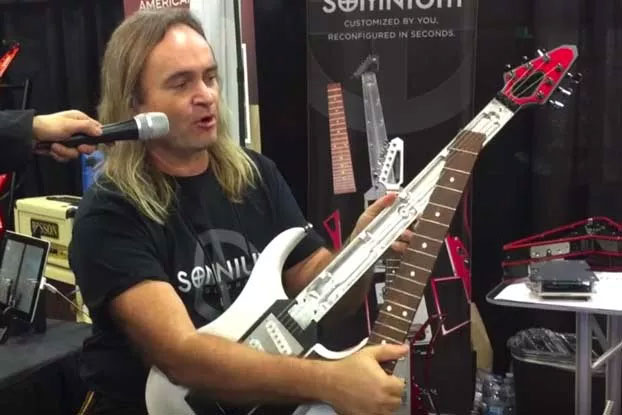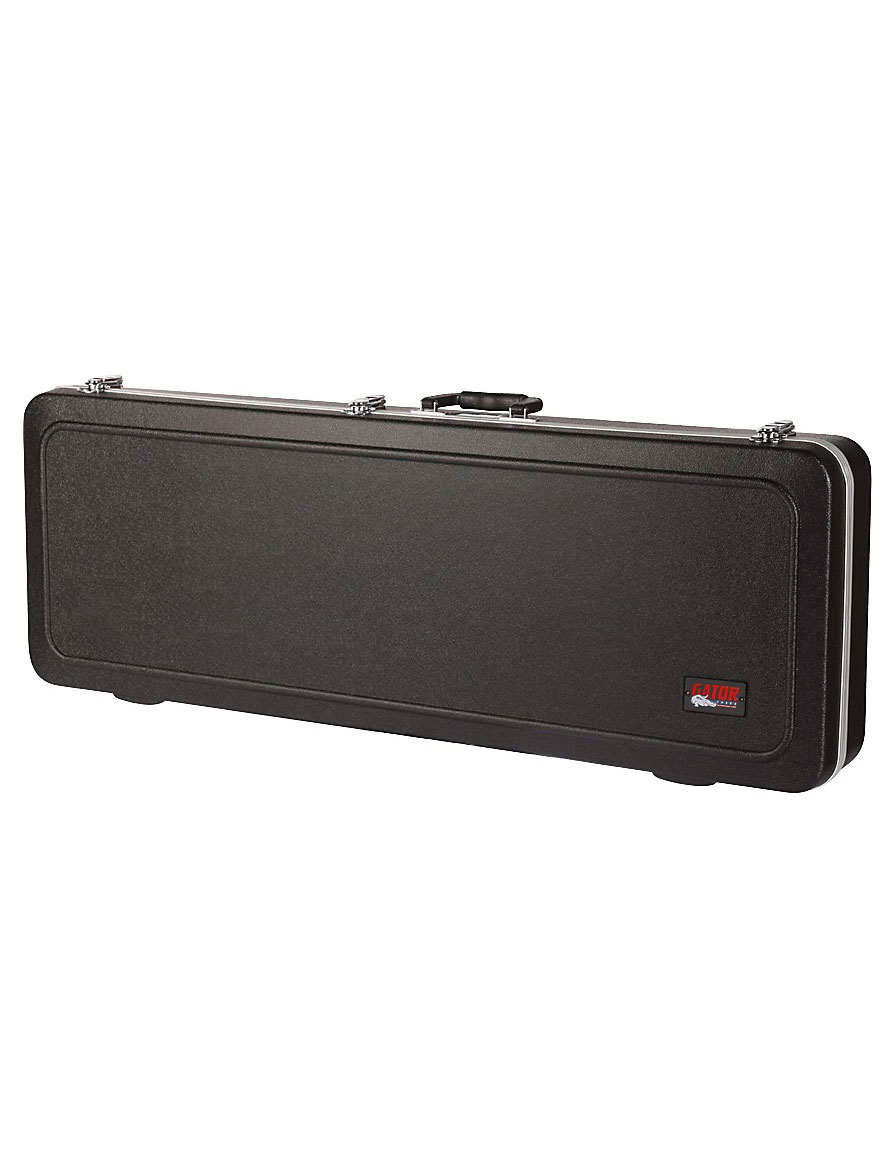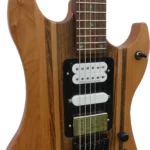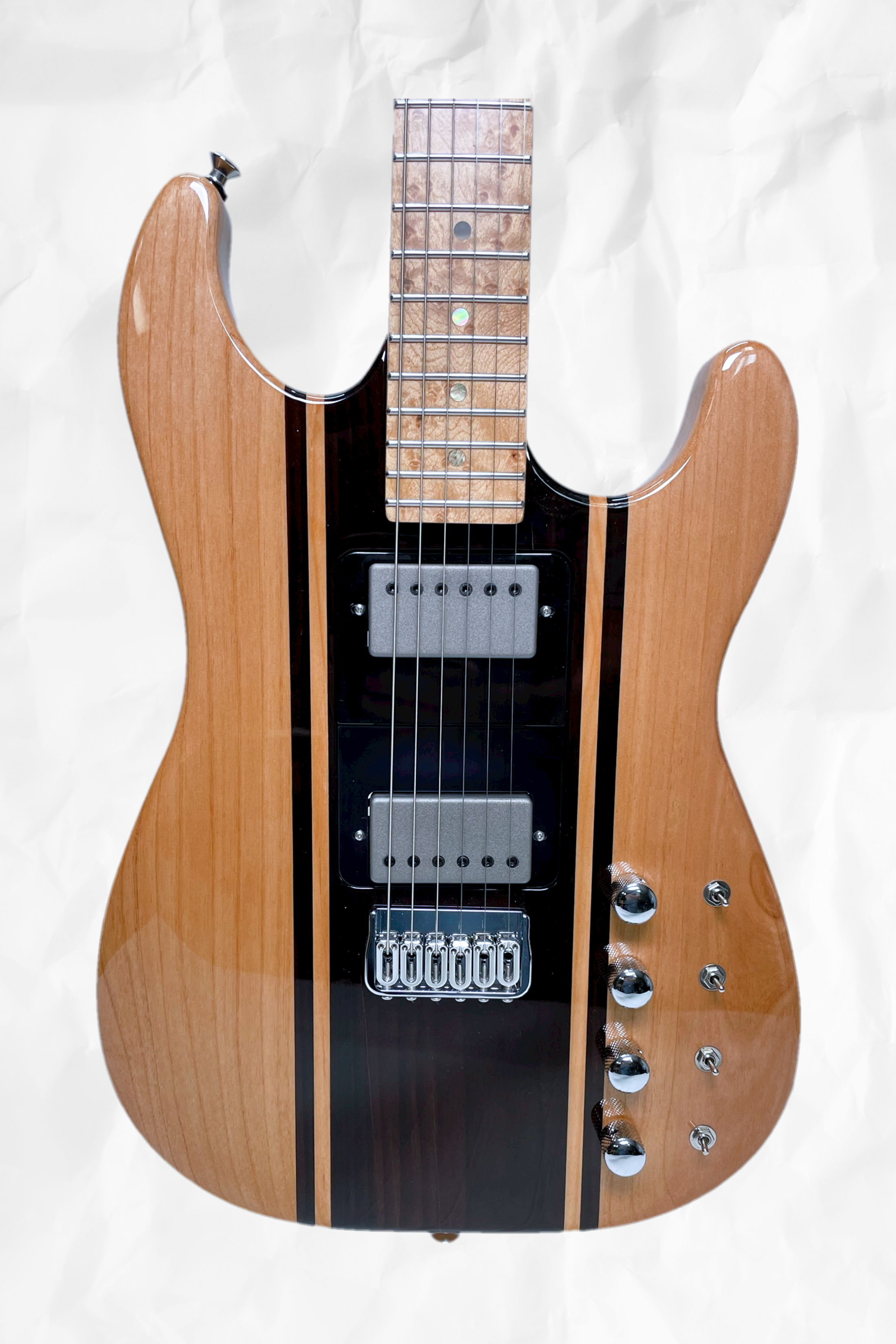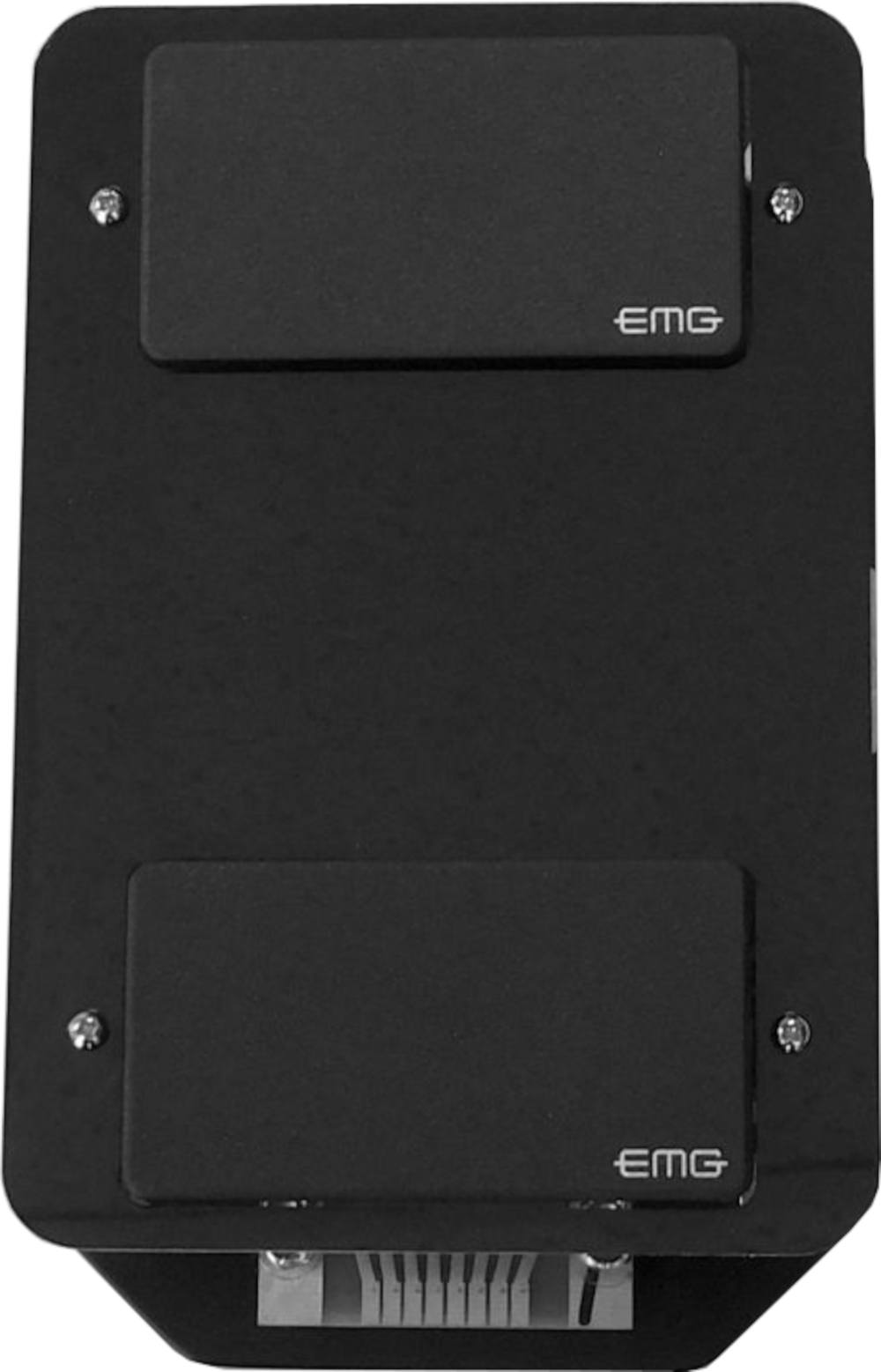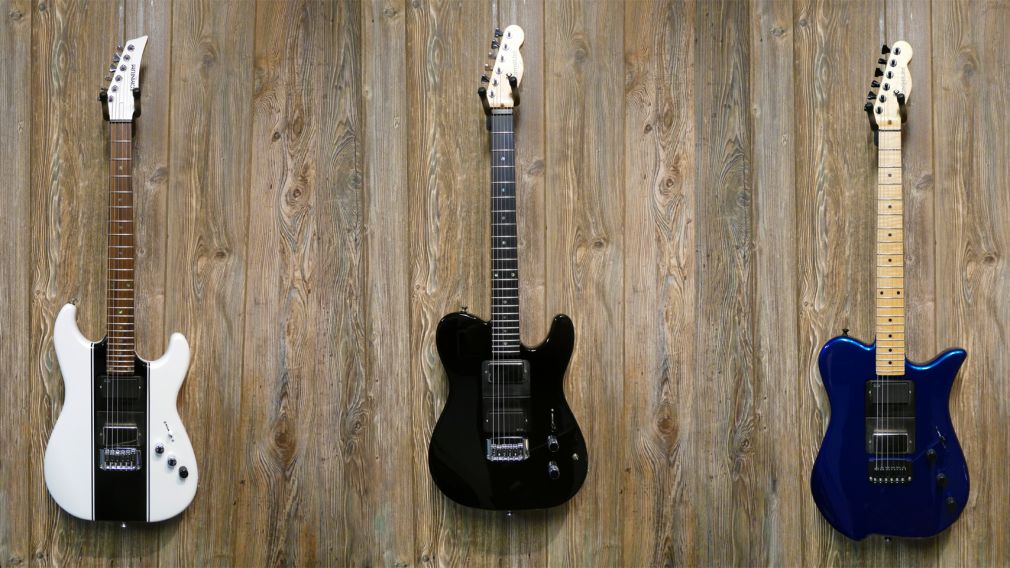
Meet Somnium Guitars: Manufacturers of the Modular Guitar
Originally posted on the NAMM Website and written by Elizabeth Dale. Musicians love their instruments. Perhaps there’s no better demonstration of this fact than the love that musicians have for their guitars.
Originally posted on the NAMM Website and written by Elizabeth Dale
Musicians love their instruments. Perhaps there’s no better demonstration of this fact than the love that musicians have for their guitars. From Eddie Van Halen’s “Frankenstrat to B.B. King’s “Lucille” and Jerry Garcia’s “Tiger,” the guitar is often an extension of the musician as a beloved family member.
While it may be thrilling to find your guitar “soulmate,” for many, the idea of finding their perfect instrumental match may be difficult to achieve. After all, the guitar playing hobbyist may not have the expendable income to amass a collection of guitars to find their own Lucille, or the space needed to house a sizeable collection. Whatever the limitations could be, a NAMM Member has found a solution to play matchmaker for guitarists seeking their new family members.
Established in 2016 by Mark Stadnyk, Somnium Guitars aims to provide guitarists with countless options to expand their collection. The manufacture debuted their prototype modular guitar at The 2017 NAMM Show, where the NAMM Member received a warm reception and was named one of “The Top Seven Coolest Things At The NAMM Show” by USA Today. That year, Somnium Guitars headed to Nashville for Summer NAMM to showcase a more refined product line.

We spoke with Stadnyk to learn more about Somnium Guitars and the motivation behind the modular guitar.
Q. What was your inspiration for creating a modular guitar?
A. Buying numerous guitars to achieve multiple tones can be an expensive proposition. Guitar players love to experiment with pickup tones to find just the right sound for different genres or particular songs. Unfortunately, you can’t easily rewire your favorite guitar every time you want to switch from a blues tone to jazz, rock, metal, or anything in-between. I wanted one guitar that felt great to me and had a comfortable neck but could switch to any tone I wanted. I saw a gap in the market for a versatile instrument like the modular guitar, so I decided to make one.
Q. Is the pickup the only component that can be swapped?
A. The original prototypes had modular bodies and modular pickups. However, the modular body was not nearly as crucial as the ability to switch your tone through the pickup at will. While past and even current attempts at a modular pickup guitar exist, none have ever been able to accept any off-the-shelf pickup as a Somnium guitar can. Players can change their pickups with only a screwdriver – no soldering required. Players can select any brand, any shape or size, active or passive, two or four-wire, single coil or humbucker, two or three pickups at a time, straight or slanted, and even different positions under the strings. These are capabilities most standard guitars don’t have, much less modular guitars. We believe it is the most versatile electric guitar ever made.
Q. How difficult is it to change out the pickup? Do customers need any tools?
A. Pickups are housed in a machined aluminum cartridge that snaps in and out of the guitar mechanically, without tools, meaning they can be changed in as little as two seconds without having to unplug the guitar. They are self-connecting and self-seating, so they lock solidly in place every time, and no magnets or magnetic materials are used, which could affect the pickup tone. Changing the pickup inside a cartridge takes an Allen wrench, a small screwdriver, and about five minutes. Anyone can do it as no soldering is involved, and the leads on the pickup do not require a trim.
Q. Why should musicians consider a modular guitar compared to a more traditional model?
A. For most guitar players, the number one desired feature is neck comfort and playability. If a guitar neck is the perfect shape, with a comfortable thickness and radius, then the guitar feels great and is a pleasure to play. If you switch guitars to get a different pickup tone, you are then switching necks, and most of the time, it is not your favorite neck. Solving this dilemma can quickly become an expensive proposition, not to mention a bit of a pain lugging several guitars with you to every show or every recording gig.
The second key feature that sets the modular guitar apart is having a palette of tones at your fingertips. For players that only play one type of music, variety may not be a factor. However, most players cover many genres and styles of music where the guitar tone is crucial to the song. It can be critical – even inspirational – when that perfect tone is there to motivate your soul to express the music bursting from within it. The right guitar tone can make you a better player, something a modular guitar can help you achieve.
A third reason to consider modular is cost. Imagine wanting at least four different guitar tone combinations like blues, rock, country, and heavy metal. What would it cost to buy four quality guitars to cover those four styles? Many guitarists are thrilled to spend endless amounts of money and proudly carry around four guitars. However, you are still limited to four different guitar tone combinations. Consider a Somnium guitar, which comes with three pickup cartridges that give you six pickup combinations, already more options than your library of guitars. By purchasing a fourth cartridge, you now have 12 combinations, a fifth provides 20, and a sixth brings you to 30 pickup combinations! All of that can fit in one guitar case and is more affordable compared to a traditional approach. The icing on the cake is you can combine active and passive pickups in the same guitar.
For more information from Somnium Guitars, please visit them at https://somniumguitars.com/ and keep your eyes open for a modular guitar sighting from Somnium at The NAMM Show. For additional information about The 2022 NAMM Show, please visit https://www.namm.org/thenammshow/2022/attend.

